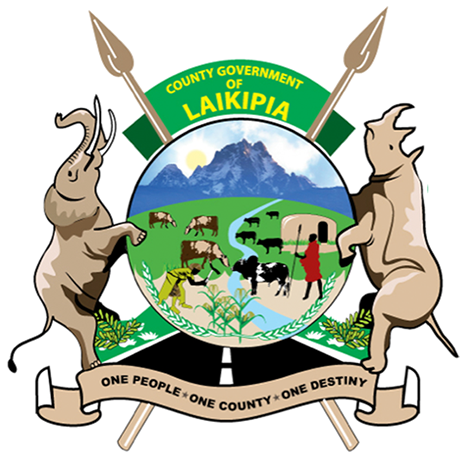Progress Of Laikipia County Spatial Planning
The spatial Planning of Laikipia County has entered the research and data collection phase.
This phase is critical as it will provide the basis for the actual planning and development of land use scenarios in Laikipia.
This was revealed during a meeting that brought together stakeholders from different organizations in research and conservation within the Laikipia-Samburu landscape.
They included the Department of Infrastructure Laikipia County Government, Centre for Training and Integration Research in ASAL Development, Kenya Wildlife Service, and Gravy Zebra Trust.
For a very long time, the research and mapping phase of lands has relied on data collected by various County Governments departments which CSP want to replace. The implementation of CSP will be crucial for the engagement of different government and non-governmental stakeholders which will enhance inclusivity, transparency, and acceptability of the final plan.
The county spatial planning will be very crucial in enabling Laikipia to tap data from wildlife and livestock movement corridors and in the development of the wetland management plans.
The County Spatial Plan is espoused by Section 102-105 of the County Government Act, 2012 on county planning and development and Physical and Land Use Planning Act, 2019. The County Spatial Plan will provide a framework for integrated and sustainable utilization of land within Laikipia for a period of 10 years.
Share data
Director CETRAD Dr. Boniface Kiteme said there have been efforts to develop a common database for over 15 years in vain and that the initiation of the CSP process will provide an excellent platform, where different organizations can share data and also ascertain how the data has contributed to the final output.
It is imperative that the plan decisively looks into the questions on land subdivision within the county, especially the dry land's ecosystem in the north.
Dr. Kiteme said adding that the CSP process should take advantage of the vast research that has been carried out in Laikipia.
He also noted that an immense amount of data is held by individual organizations, where the lack of a common database or data sharing structure limits access. He said that it is important to ensure that the data is not misused, this will array fear to some organizations as they may be skeptical about the idea of developing a common database.
The meeting brought together stakeholders from different organizations in research and conservation within the Laikipia-Samburu landscape under the auspices of the Landscape Secretariat and departmental representatives from the County Government of Laikipia. It was aimed at enhancing collaboration between the County Government of Laikipia and different stakeholders in the County Spatial Planning in the planning process, particularly in research, mapping, and development of land-use scenarios.
Conservation
Chief Officer Lands & Physical Planning Dorcas Korir noted that the engagement process is aimed at ensuring a balance between different competing interests through the exchange of ideas and data as it is a people-centered process.
Rose Malenya, Warden at Kenya Wildlife Service said that county spatial planning is critical as Laikipia is a cornerstone in wildlife conservation and one of the pillars of KWS collaboration, especially in how to make use of the available space.
